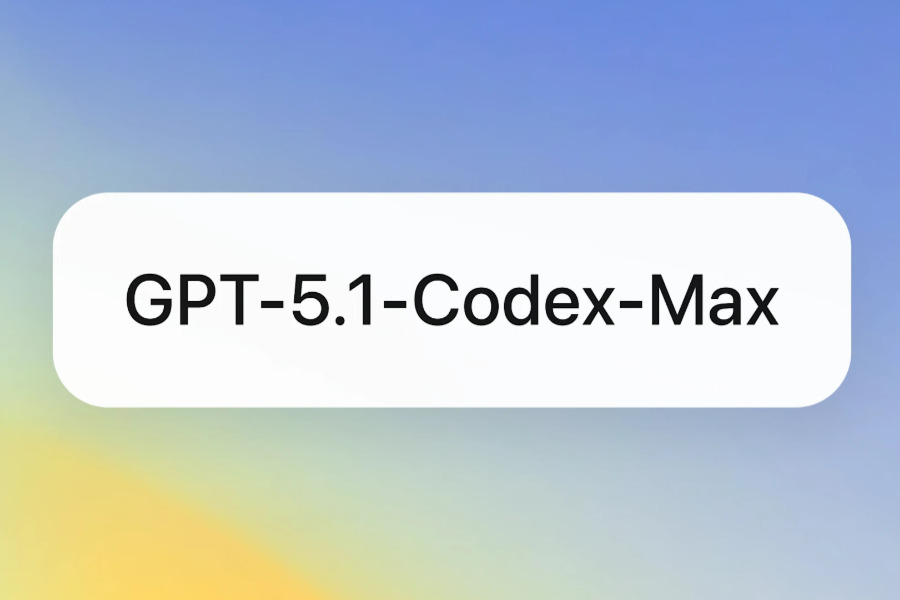Google AI has made a significant breakthrough in automated machine learning with the introduction of MLE-STAR (Machine Learning Engineering through Search and Targeted Optimization). This advanced agent system is designed to transform how machine learning workflows are created, optimized, and refined, addressing critical limitations in existing autonomous ML solutions.
Traditional autonomous ML agents often rely too heavily on their internal knowledge, which can lead to outdated model recommendations and suboptimal performance. Many current systems also fail to deeply refine key pipeline components, such as data preprocessing and feature engineering, resulting in inefficient or even flawed code.
MLE-STAR overcomes these challenges through three key innovations: strategic web-based search, a sophisticated two-round optimization process, and novel ensemble methods. Keep reading, here is everything you need to know about this powerful agent.
How MLE-STAR Outperforms Existing Solutions
1. Leveraging the Web for State-of-the-Art Solutions
Unlike conventional agents that depend solely on pre-trained knowledge, MLE-STAR actively conducts large-scale web searches to identify the latest models, techniques, and code snippets. This ensures that its solutions are based on cutting-edge research rather than outdated internal data.
By integrating real-time, web-sourced information, MLE-STAR can propose more accurate and up-to-date approaches, giving it a competitive edge from the outset.
2. Two-Stage Optimization for Precision Tuning
MLE-STAR employs a dual-phase optimization strategy to refine its machine learning pipelines:
- Outer Loop (Ablation Studies): The system identifies which components of the pipeline have the most significant impact on performance.
- Inner Loop (Deep Exploration): It then conducts targeted refinements on these critical elements, ensuring optimal configurations rather than superficial adjustments.
This method allows MLE-STAR to avoid common pitfalls, such as data leakage and inefficient preprocessing, which often plague automated ML systems.
3. Intelligent Ensemble Learning for Superior Performance
Another standout feature is MLE-STAR’s ability to develop novel ensemble methods. Instead of settling for a single model, it intelligently combines multiple high-performing candidates to create a more robust and accurate final solution.
This approach mirrors how top Kaggle competitors operate, where blending models often leads to winning submissions.
Ensuring Reliability: Debugging and Error Prevention

To maintain high-quality outputs, MLE-STAR integrates specialized sub-agents that perform critical checks:
- Debugging Agent: Automatically detects and fixes Python errors.
- Data Leakage Checker: Prevents training data from contaminating validation sets.
- Usage Checker: Ensures all data files are correctly utilized, eliminating inefficiencies.
These safeguards make MLE-STAR not only innovative but also highly reliable, reducing the risk of deployment failures.
MLE-STAR’s Potential Industry Applications
The implications of MLE-STAR’s capabilities extend far beyond academic benchmarks:
- Enterprise AI Development
- Accelerates prototyping phases
- Reduces dependency on scarce ML talent
- Standardizes best practices across organizations
- Research Institutions
- Facilitates reproducible research
- Automates tedious implementation work
- Frees researchers to focus on innovation
- Education
- Serves as an always-available teaching assistant
- Provides real-time feedback on student work
- Demonstrates professional-grade implementation
- Startups and SMBs
- Shortens time-to-market for AI products
- Democratizes access to advanced ML
- Reduces development costs
The Road Ahead: Challenges and Opportunities That MLE-STAR Meet
While MLE-STAR represents a monumental step forward, challenges remain:
- Interpretability: As with many advanced AI systems, explaining MLE-STAR’s decision-making process remains non-trivial
- Domain Adaptation: Performance in highly specialized domains may require additional tuning
- Computational Costs: The comprehensive optimization process can be resource-intensive
However, these challenges present opportunities for future development:
- Integration with explainable AI techniques
- Development of domain-specific extensions
- Optimization of computational efficiency
- Creation of specialized versions for different industries
Conclusion on Google AI MLE-STAR
MLE-STAR represents a major leap forward in autonomous ML engineering. Its ability to combine real-time web research, deep optimization, and intelligent ensembling sets a new standard for automated systems.
As machine learning continues to evolve, tools like MLE-STAR will play a crucial role in reducing development time, improving accuracy, and democratizing access to cutting-edge techniques.
Read More: Google Labs Introduces Opal



